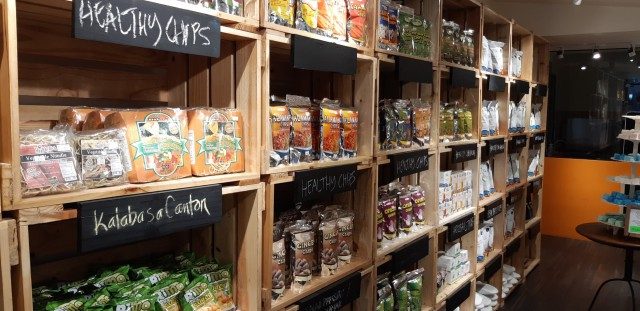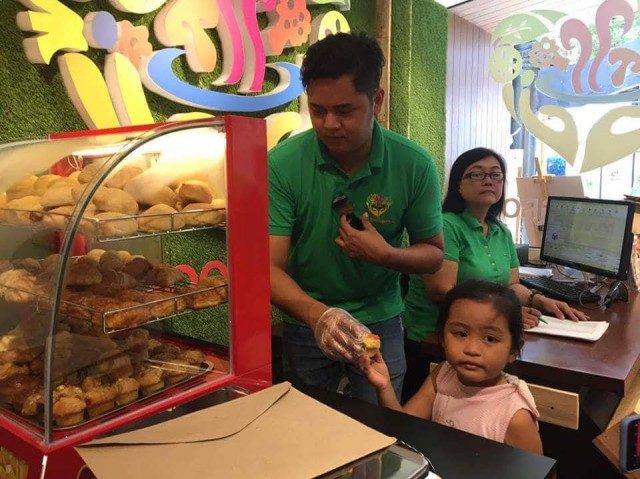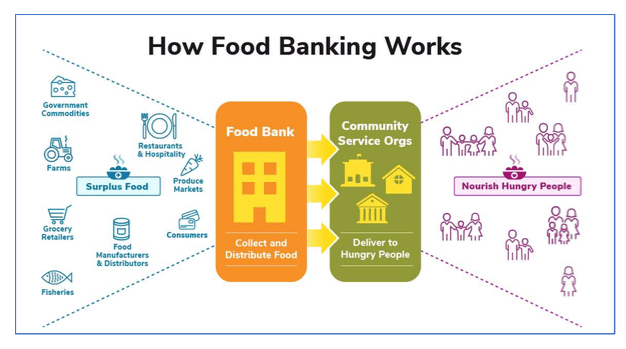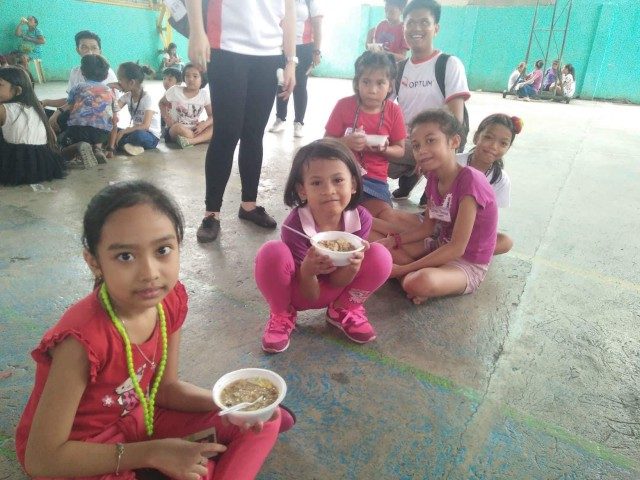SUMMARY
This is AI generated summarization, which may have errors. For context, always refer to the full article.

MANILA, Philippines – The fight against hunger and food insecurity has been brought to the streets.
Last May, Good Food Grocer opened its doors in Taguig, making history as the first operating food bank social franchise in the Philippines.
While there have been several plans about building the food bank industry in the country, the Good Food Grocer was the first to officially break ground. (READ: Lessons from South Korea’s food banks)
This initiative is run by Rise Against Hunger-Philippines (RAH-PH), and is directed towards informal settlers of the city in cooperation with their local government.
The food bank aims to deliver “good food for all”, especially to those who are nutritionally at risk.

“We believe that there’s enough food, actually, for everyone, but we need to make sure that the food is able to be distributed properly. So that food bank is one system wherein we’re able to collect excess food that can be fed to people,” RAH-PH executive director Jomar Fleras said.
According to the Food and Nutrition Research Institute, every Filipino wastes 3.9 kilos of rice per year, amounting to $60 million or about P3.2 billion lost per year. (READ: PH food wastage: Think twice before wasting your meal)
How it works
How exactly does the food bank work?
Good Food Grocer partners with private companies, local government units, food manufacturers, and dining establishments to facilitate the cycle of food donation.
Private manufacturing companies gather excess food from within their companies, before proceeding to donate them to the foundation. Among these companies are Unilever, Mondelez Inc, Pfizer Foundation, Mondila, and Kraft Heinz Philippines.

According to Fleras, food gathered from partners undergo evaluation before distribution. If they have excess food that’s nearing expiration but can still be eaten, Fleras said they get it from partners. “Instead of throwing them away, we get it from them and then we donate that. We distribute that.”
Education is a big part of the process as well. Colleges and partners from the food service industry help create recipe books for the Grocer, and share alternative recipes for affordable yet healthy meals.
Next steps

Currently, the food bank feeds about 150 to 300 children from 7 day care centers in Barangays Ususan and Pinagsama in Taguig.
A priority in indicating food bank shelters, however, is accessibility.
“We need more food banks so people can just go when they’re hungry. They can go to the food bank and get food,” Fleras said.
Looking at the bigger picture, the organization plans to expand the project in other areas in the country. These include Payatas, Pasay, Mandaue, Bacolod, and Cebu. – Rappler.com
Add a comment
How does this make you feel?
There are no comments yet. Add your comment to start the conversation.